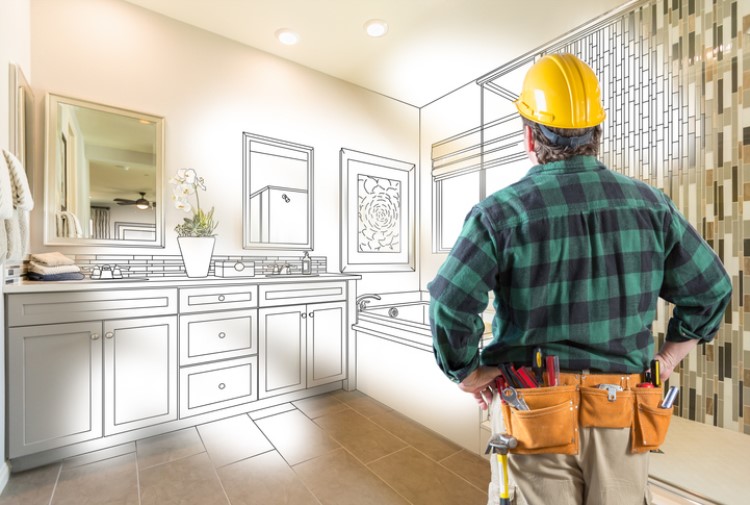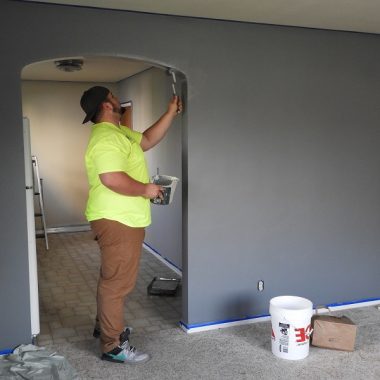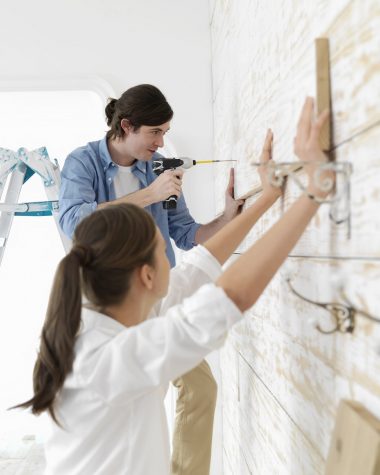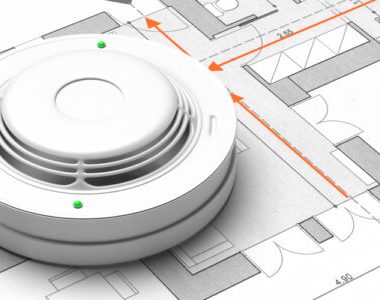Incorporating Universal Design Principles in Renovations
Renovations can be a major undertaking with many different elements, and Universal Design principles are often overlooked. With the population continuing to age, it is important to consider how you can incorporate these principles in renovations. From basic structural changes to restyling interior design, following these tips can help make renovations easier and more comfortable for everyone.
History of Universal Design
Universal Design is a concept that originated in the late 1970s as a result of growing awareness regarding disability rights. Initially, it had broader implications, such as considerations for human rights and considerations for the environment. Over time, it has become a design principle that incorporates basic principles making spaces and structures accessible to people of all abilities.
The Principles of Universal Design
Universal Design is based on seven basic principles:
1. Equitable Use
2. Flexibility in Use
3. Simple and Intuitive Use
4. Perceptible Information
5. Tolerance for Error
6. Low Physical Effort
7. Size and Space for Approach and Use
These principles can be applied to any renovation project and can help create a comfortable and accessible space.
Incorporating Universal Design Principles In Your Renovations
It is important to consider Universal Design principles when planning any renovation. Here are some tips on how to incorporate them.
Structural Changes:
Structural changes can help make a home more accessible and comfortable for everyone. Some of the changes that could be made include:
• Installing ramps.
• Widening doorways.
• Installing grab bars in bathrooms.
• Installing lever handles on doors instead of doorknobs.
It is important to keep in mind that any structural changes should be done by a professional contractor.
Interior Design:
Making adjustments to the interior design can also help create an accessible and comfortable space. Some of the changes that could be made include:
• Choosing furniture with clean lines.
• Using slip-resistant flooring.
• Incorporating adjustable lighting.
• Using accessible appliances.
It is important to consider how any changes to the interior design will affect the usability of the space.
Questions to Ask Yourself:
When incorporating Universal Design principles in your renovations, it is important to ask yourself the following questions:
• How can the space be made more accessible?
• What changes can be made to reduce physical effort?
• How can the space be made more comfortable?
• What changes can be made to reduce obstacles?
Answering these questions can help you determine which changes need to be made to make the space more accessible and comfortable.
Conclusion
Universal Design principles can be a great way to make renovations easier and more comfortable for everyone. From basic structural changes to interior design, incorporating these principles can help create an accessible and comfortable space for all. With a few careful considerations, renovations can be made easier and more accessible for everyone.
What are the benefits of incorporating universal design principles in renovations?
1. Increased Accessibility: Incorporating universal design principles into renovations can increase the accessibility of the space for everyone, regardless of physical abilities, age, or size. This facilitates greater independence for people with disabilities or other mobility constraints.
2. Increased Ease of Use: Incorporating universal design principles simplifies certain activities by making them easier to perform. Through the use of different fixtures, controls, and door handles that are easy to grasp, people of all sizes and abilities can more easily perform tasks.
3. Aesthetically Pleasing: Universal design can help make renovations aesthetically pleasing, while still providing accessibility features. Features such as lower counters, wider doorways, and accessible toilets are designed to blend in with the overall look and feel of the space.
4. Improved Safety: Universal design can help to make certain spaces safer for everyone who visits or lives there. Wide walkways, higher counters, and properly placed grab rails are all features that can make it easier and safer for people to navigate the space.
5. Cost Savings: Incorporating universal design principles into renovation projects can help to reduce costs in the long run. This is because features such as accessible toilets, walk-in showers, and adjustable kitchen counters are made to last, meaning less money will need to be spent in the future on additional renovation or repair projects.
What are the elements of universal design in renovations?
1. Flexibility in Use: Provide versatile solutions that can be adapted to the needs of different users, such as adjustable work surfaces, movable furniture, and easily-accessible storage space.
2. Regenerative Design: Work towards sustainability by focusing on open and long-term solutions that conserve energy and reduce environmental impact.
3. Accessible Space: Ensure that individuals with disabilities can move through all areas of the space with ease. This includes doorways and hallways that are wide enough to accommodate wheelchairs, entry points without steps, and adequate lighting throughout.
4. Color and Finish: Design with bright, bold colors that can easily be seen by individuals with visual impairments. Choose finishes that are easy to clean and maintain.
5. Technology: Incorporate technology into the design to provide capabilities such as spoken prompts, remote or voice-controlled appliances, and telecommunication tools.
6. Materials: Use materials that are non-toxic, durable, and easily maintained. Choose low-maintenance finishes that can be quickly restored as needed.
7. Multi-generational Design: Accommodate the needs of users throughout the life span by designing for flexibility and safety. Built-in features such as single-floor living, home health care stations, and safety-proofed bathrooms can be incorporated.
What are the benefits of Universal Design in home renovations?
1. Increased accessibility: Universal Design features like widened doorways, no-steps access to multiple levels, grab bars and switches/controls at lower heights can make it easier for people of all ages, sizes and abilities to navigate the living space.
2. Aesthetic appeal: While creating a living space that is accessible for all, a designer must also ensure that the space is visually attractive and fits in with the look and style of the home. Careful consideration of materials, colours and textures is required for a successful Universal Design renovation.
3. Enhanced safety: Universal Design features offer increased safety for residents, reducing their risk of slips, trips and falls. Features like non-slip flooring, motion-activated lights, and integration of smart technology into everyday spaces can help ensure that residents are safe within their own homes.
4. Increased functionality: Universal Design renovation projects can introduce a range of multi-functional features, such as adjustable counter heights, modular shelving units and electronically adjustable beds, allowing for spaces to be easily and quickly customised to accommodate various lifestyles.
5. Future-proofed: An intelligently designed Universal Design renovation will consider the long-term needs of its inhabitants, making sure that the spaces are designed to adapt to new technologies, changing needs or even future occupants.







